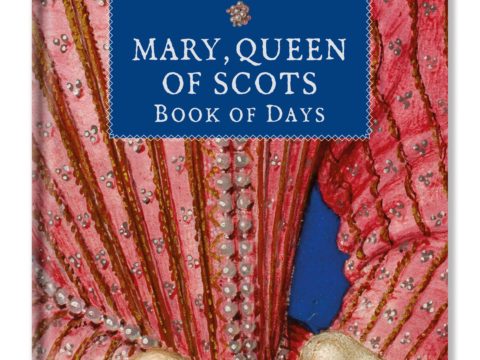The Tudors and the Tower
Chapter 3 : Rivals for Power
Henry’s nine year-old son, Edward VI (1547-1553) succeeded as king, under the protectorship of his uncle, Edward Seymour, Duke of Somerset. The pair rode in great state to the Tower three days after the old king’s death and remained there for two weeks as preparations were made for Henry’s funeral at Windsor, and – soon afterwards – Edward’s coronation at Westminster Abbey.
A deadly rivalry soon sprang up between Protector Seymour and John Dudley, Duke of Northumberland. Seymour’s position was rendered increasingly unstable by the behaviour of his volatile and ambitious brother, Thomas, who recklessly attempted to kidnap the king in January 1549. Seymour was immediately arrested and taken to the Tower. He was found guilty of treason shortly afterwards and his own brother was obliged to sign the death warrant. Three years later, Edward Seymour himself, having been ousted by Dudley, faced the executioner’s axe on Tower Hill.
Edward VI’s brief reign came to a premature end on 9 July 1553 when he succumbed to a lingering illness that had been exacerbated by the ministrations of his physicians. Anxious to prevent the accession of Edward’s staunchly Roman Catholic sister Mary, the Protestant Dudley orchestrated a coup by marrying his own son Guildford to Lady Jane Grey, the great-niece of Henry VIII, and placing her on the throne. Two days after Edward’s death, Jane (then aged sixteen or seventeen at most) was proclaimed queen and entered the Tower with great ceremony – and reluctance. She would reign for just nine days.
For all her faults, Mary was a true Tudor princess and wasted no time in rallying thousands of subjects to her cause. Soon, the Privy Council turned its coat and declared for Mary. On 19 July, she was proclaimed queen, to the great rejoicing of Londoners. Although she bore Lady Jane Grey no ill will, when plots and rebellions began to spring up in her name, Mary had little choice but to order Jane’s execution in February 1554.




